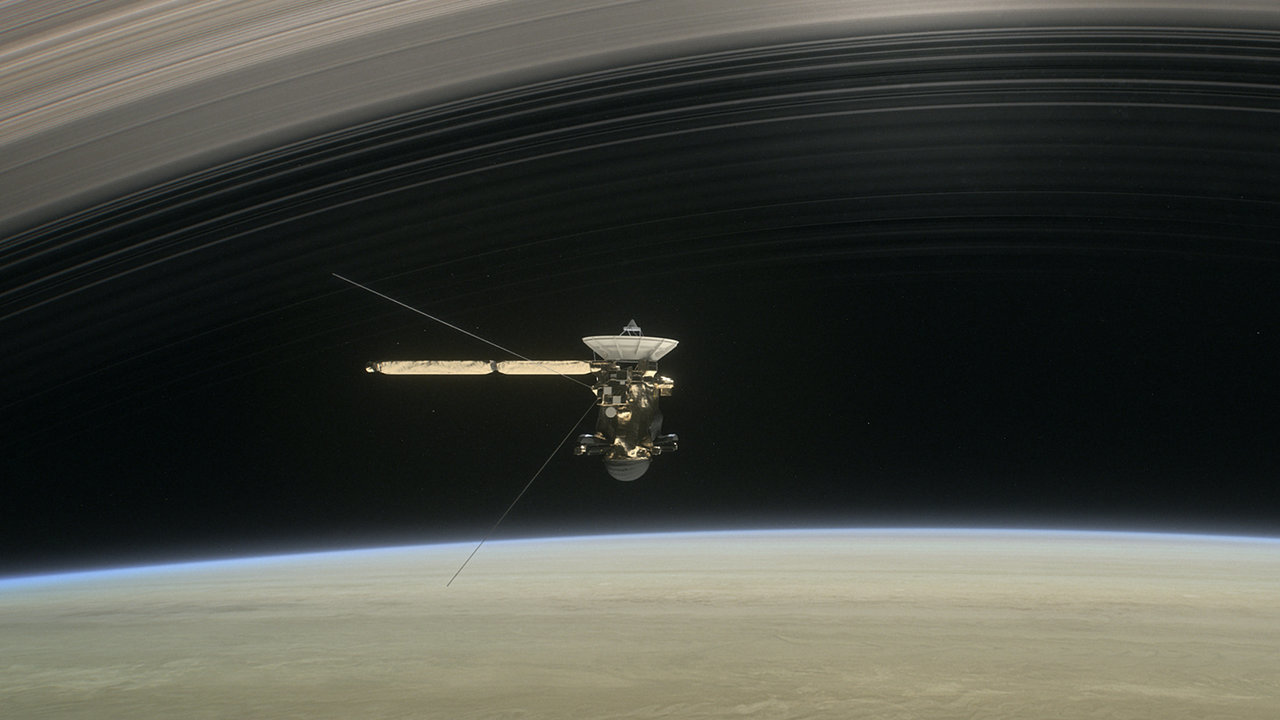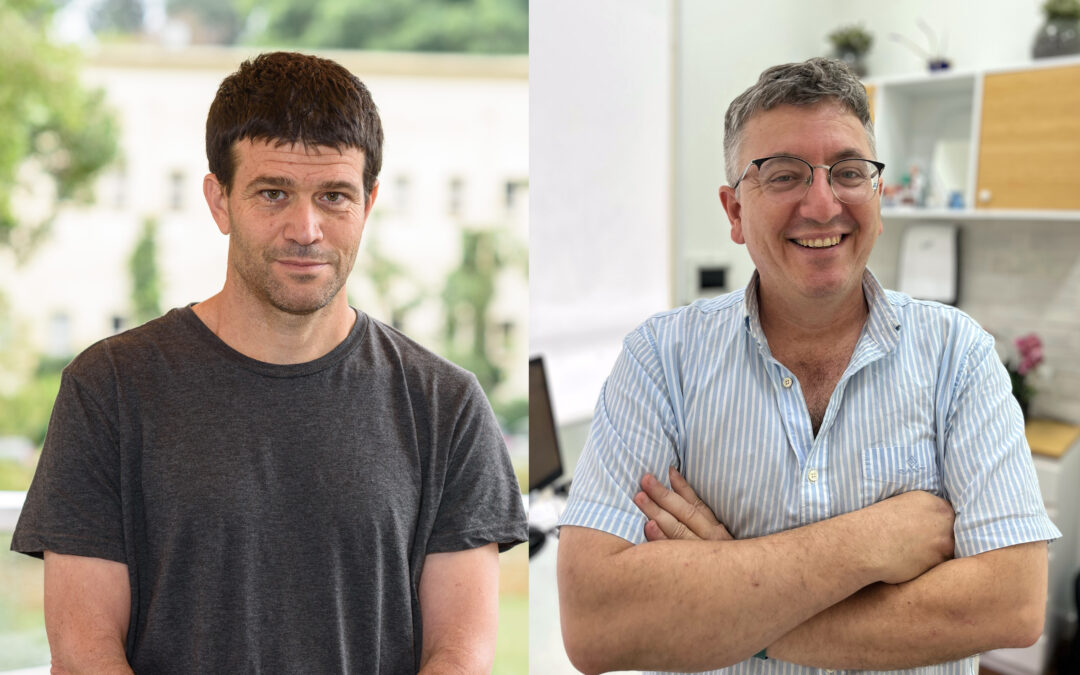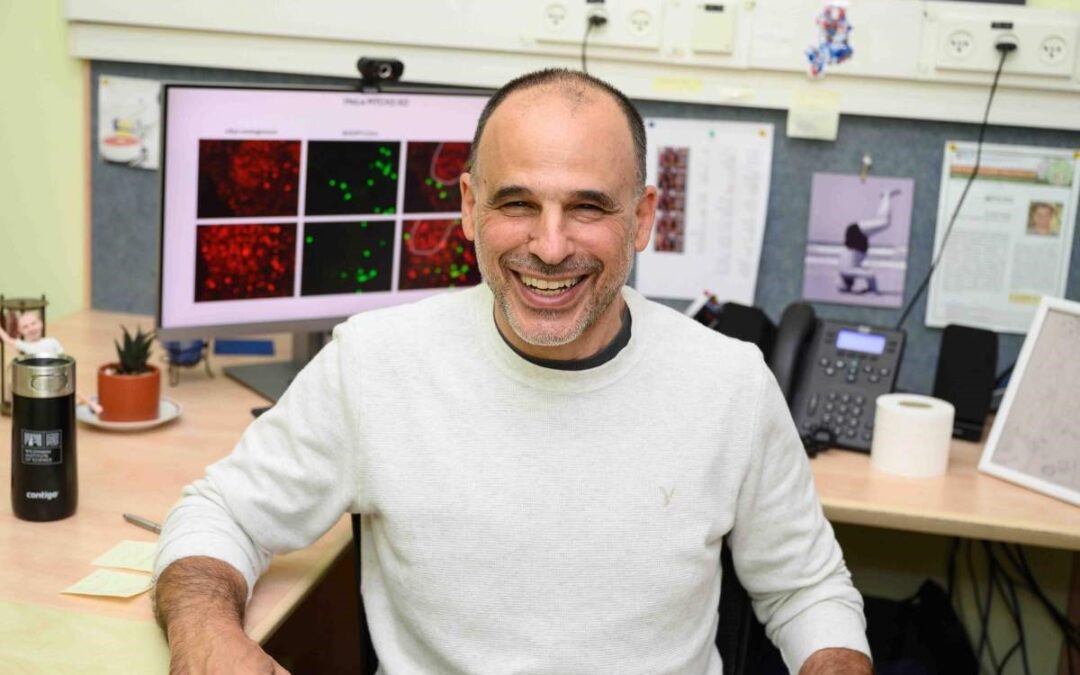As Cassini – one of the more successful planetary missions, orbiting and returning information on Saturn and its moons – reached its final act, Weizmann Institute of Science researchers took part in the last phase of the 20-year mission.
Grand Finale was the official name of Cassini’s last act, which was a risky orbit between the rings and the planet’s atmosphere in a daring attempt to probe the planet from up close, right before the craft went up in flames.
Professor Yohai Kaspi and Dr Eli Galanti of the Weizmann Institute’s Earth and Planetary Sciences Department led one of the studies on Cassini’s final mission, which revealed the depth of Saturn’s jet streams ‒ the strongest measured in the Solar System with winds of up to 1,500 km per hour ‒ finding them to reach a depth of around 9,000 km.
Teaming up with research partners in Italy and the USA, their study also helped reveal the age of the planet’s iconic rings finding they are a mere 10-100 million years old, which is quite recent in the 4.5-billion-year history of the Solar System. Therefore the planet in the night sky at the time of the first dinosaurs was, apparently, without the rings we know today. The findings of these studies were published last Thursday in Science.
But it was only when the mission was approaching its end that it was decided to end its life with a non-circular orbit swinging in very close to Saturn, followed by the final plunge into the gaseous mass.
Kaspi and Galanti joined the Cassini team following their work as part of NASA’s Juno science team, which had employed a similar orbit to produce the most reliable measurements yet of Jupiter’s atmospheric depth.
The Cassini scientists thought it would be possible to do the same for Saturn so the Weizmann scientists were called in to apply their methodology to the Saturn measurements.
Kaspi described how they met the challenge.
“We detect small variations in the gravity field as the craft orbits Saturn, and translate these into the atmospheric wind that produces them,” he said.
“There was no guaranty it would work for Saturn, as the gravity signal on Saturn is more difficult to interpret than what we had on Jupiter. However, we discovered that not only did it work for both planets, but that same physical processes control the depth of the flows on these two planets.”
To calculate the depth of the winds, the gravity measurements undertaken by Cassini were analysed with the theoretical model developed by the Weizmann researchers.
“We also teamed up with a second group investigating the internal structure of the planet and together we calculated that the depth of the atmosphere is up to around 9,000 km,” said Galanti.
“That is three times deeper than that of Jupiter. We also found that, just as on Jupiter, a strong internal magnetic field is what limits the depth of this layer of the atmosphere. Our theory ‘worked’ twice, which is provides strong support for its validity.”
NASA Video:










